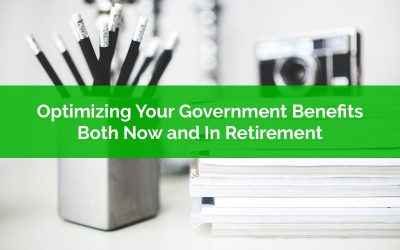Thank you for your interest in PlanEasy!
We will send you an update prior to launch!
Check out our latest blog posts…
Simple Ways To Save Money We Can All Do
We could all use some simple ways to save money each month. Saving money is important. Saving money helps us reach our financial goals.
The problem with traditional “money saving tips” is that everyone’s goals and values are different. We spend money differently and those typical “money saving tips” usually end up focusing on silly things like discretionary spending.
This list is different. This list includes simple ways to save money that we can all do without impacting our lifestyle. This money saving list doesn’t focus on lattes or avocado toast, it focuses on simple changes to our spending/saving/investment routine that can lead to some big savings.
You might be doing some of these things, or maybe even all of these things. If you are, you’re probably saving an extra $1,000+ per year. If you’re not, then there are some big opportunities if you make a few of these changes.
How Much Money Does Life Insurance Cost?
Life insurance is important, but how much life insurance should you purchase? How much money does life insurance cost? And how can you fit the monthly premiums into your current budget?
These are important questions. Life insurance is an important tool, and it can be relatively inexpensive, but the cost of life insurance can quickly change depending on certain factors.
Life insurance is important when you have people who are dependent on your income. Young families in particular have a high need for life insurance, but at the same time, young families also have a lot of demands on their cash flow.
Purchasing affordable life insurance is an important part of a financial plan and the cost of life insurance needs to fit into monthly spending without causing a lot of stress.
In this post we’ll explore some life insurance costs for a family in their 30’s with a young child. We’ll see how life insurance costs can vary depending on certain factors. We’ll also see how much life insurance costs in a real life situation.
Optimizing Your Government Benefits: Both Now and In Retirement
One of the biggest financial planning opportunities for regular people is around government benefits. Unless you’re earning an extremely high income you will probably receive some form of government benefit over the course of your life.
As a student, you may receive GST/HST credits. When you have a family, you may receive the Canada Child Benefit. And when you’re a senior you may receive Old Age Security and the Guaranteed Income Supplement.
Understanding how government benefits work can help you optimize how much you receive both now and in the future. A few simple changes can increase your benefits by $1,000’s per year and help you save more, increase your financial security, and general increase your peace of mind.
Some families may be doing this already, but not realize it.
Other families may not be doing it at all, and losing $1,000’s.
Most benefits are based on your net income and most benefits have clawback rates associated with them. As your income increases, your benefit will go down based on this clawback rate. But not all income is created equal, and some types of saving will increase your benefits.
One of the best ways to optimize your benefits is by carefully planning RRSP contributions. RRSP contributions decrease your family net income and increase your benefits. This increase in benefits can provide a big incentive to save. Depending on the number of children, for some families the increase in benefits from an RRSP contribution is worth more than the tax refund! In total, some families can get back $0.60-$0.70 for each $1 they contribute to RRSPs.
On the other side, when you’re ready to withdrawal from your RRSPs, these withdrawals need to be carefully planned. RRSP withdrawals increase family net income and can potentially trigger clawbacks on GIS and OAS. With clawbacks on GIS reaching up to 75% it’s important to plan RRSP withdrawals carefully to avoid losing 50%-75% of every $1 you withdraw from RRSPs in retirement.
If you’re earning a normal/average income then understanding government benefits can potentially provide a big boost to your long-term financial security. Ignoring government benefits can make things unnecessarily difficult.



